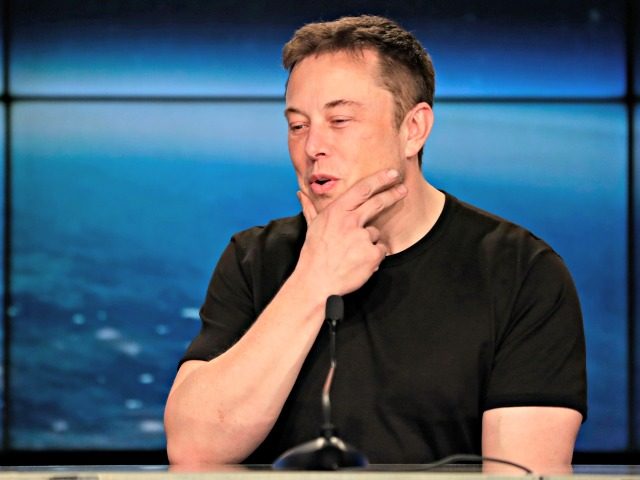The Wall Street Journal published an article Monday outlining how Tesla CEO Elon Musk’s plans to take the company private failed. A combination of doubts about losing control and sharing the “Tesla halo” contributed to the decision.
An article published in the Wall Street Journal titled “‘Public Bravado, Private Doubts: How Elon Musk’s Tesla Plan Unraveled” outlines how Elon Musk, the CEO of electric car manufacturer Tesla, failed to take the company private despite claiming the had the “funding secured” to do so in a tweet. One of the reported reasons for the failure of the plan was Musk’s worries about giving up further control of the company, which he would have to do in order to obtain approximately $70 billion from investors to take the company private.
As the team hustled to put form to his idea, lining up investors willing to put up the tens of billions of dollars required for the deal, Mr. Musk was having doubts, according to people familiar with this thinking.
A buyout, even if accomplished, would force some of the technology mutual funds that had been ardent supporters to trim their stakes. It might mean allowing competitors inside his tent—one of the investors his bankers had lined up was Volkswagen AG , people familiar with the matter said.
Taking Tesla private also would displace legions of small-fry stockholders—a merry band of electric-car fanatics willing to look past Tesla’s rickety finances and its struggle to master the skill of mass-producing automobiles. Taking their place would be more sophisticated investors tugging on a tighter leash.
According to reports, Musk’s tweets about taking the company private didn’t come from out of the blue, taking Tesla private was an idea that he had discussed for some time:
Taking Tesla private was an idea he mulled for years, and Wall Street was offering him the chance to try. Despite a meteoric stock-price rise—up 78% since the end of 2016—Mr. Musk was obsessed with short-selling investors who bet on Tesla’s price declining. He complained about the scrutiny aimed at public companies, once chiding Wall Street analysts for asking “boring, bonehead” questions. Ever the optimist, he viewed Tesla as a revolutionary business with its best days ahead.
Then on Thursday, he told the board he wouldn’t be pursuing the deal. The Securities and Exchange Commission is now investigating his tweets about the deal, including the one saying he had “funding secured,” putting Mr. Musk and the company in jeopardy.
However, Musks plan didn’t pan out, partly due to his insistence on controlling the company and partly due to pressure from investors who felt the move was wrong:
On Monday and Tuesday, advisers from Goldman and Silver Lake plowed ahead on a deal that might work. By Wednesday evening, they had a presentation for Mr. Musk, proposing a roster of deep-pocketed investors, including Volkswagen and Silver Lake itself, that had agreed to contribute as much as $30 billion, people familiar with the matter said.
They weren’t the kind of investors Mr. Musk had in mind. He was deeply suspicious of rival car companies, believing they wanted to piggyback on what he called the “Tesla halo.” He also was lamenting a loss of small investors, who had been his most vocal champions. Finally, the deal team advised him, the money would likely come with strings attached: The new investors would want a lot of say in the company, and each would likely want to hammer out terms of their own.
According to the Journal, when Musk told the Tesla board that he would not pursue the plan to go private, one board member responded“Woohoo.”
Lucas Nolan is a reporter for Breitbart News covering issues of free speech and online censorship. Follow him on Twitter @LucasNolan or email him at lnolan@breitbart.com

COMMENTS
Please let us know if you're having issues with commenting.